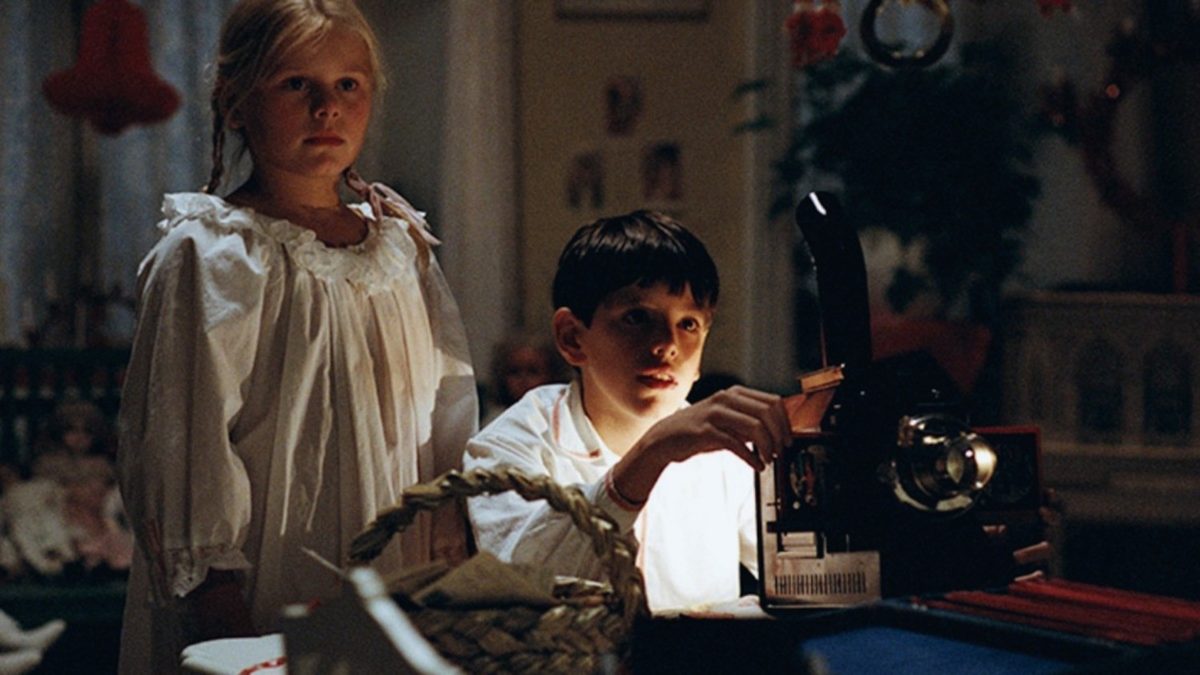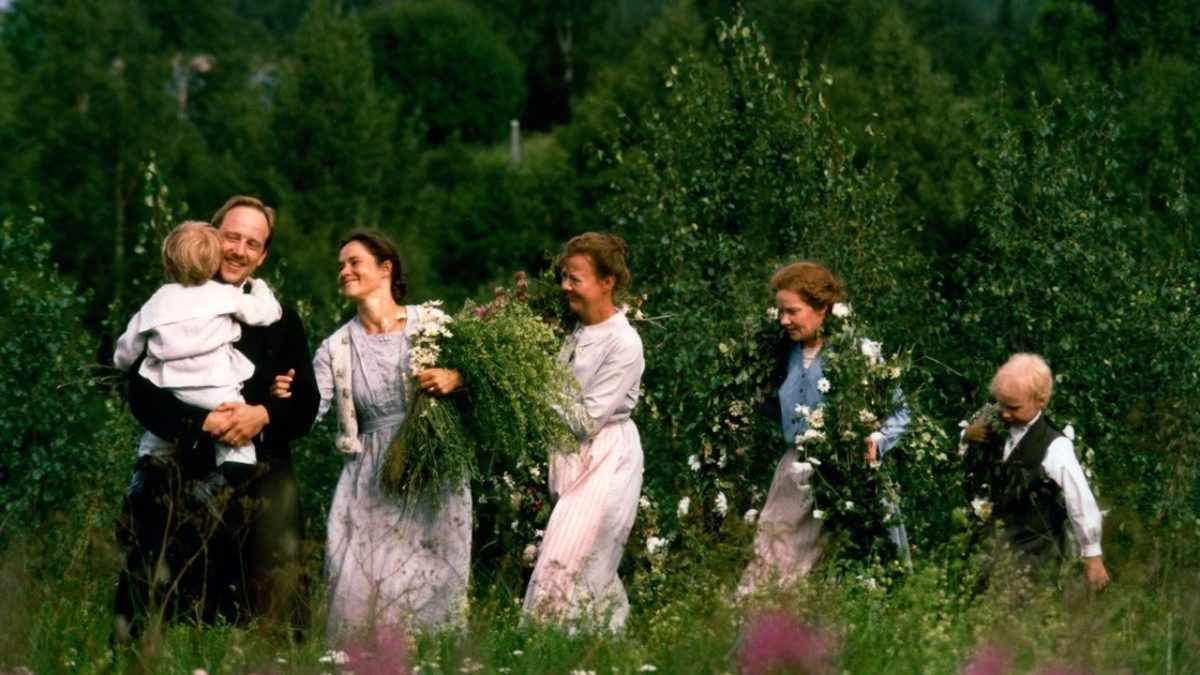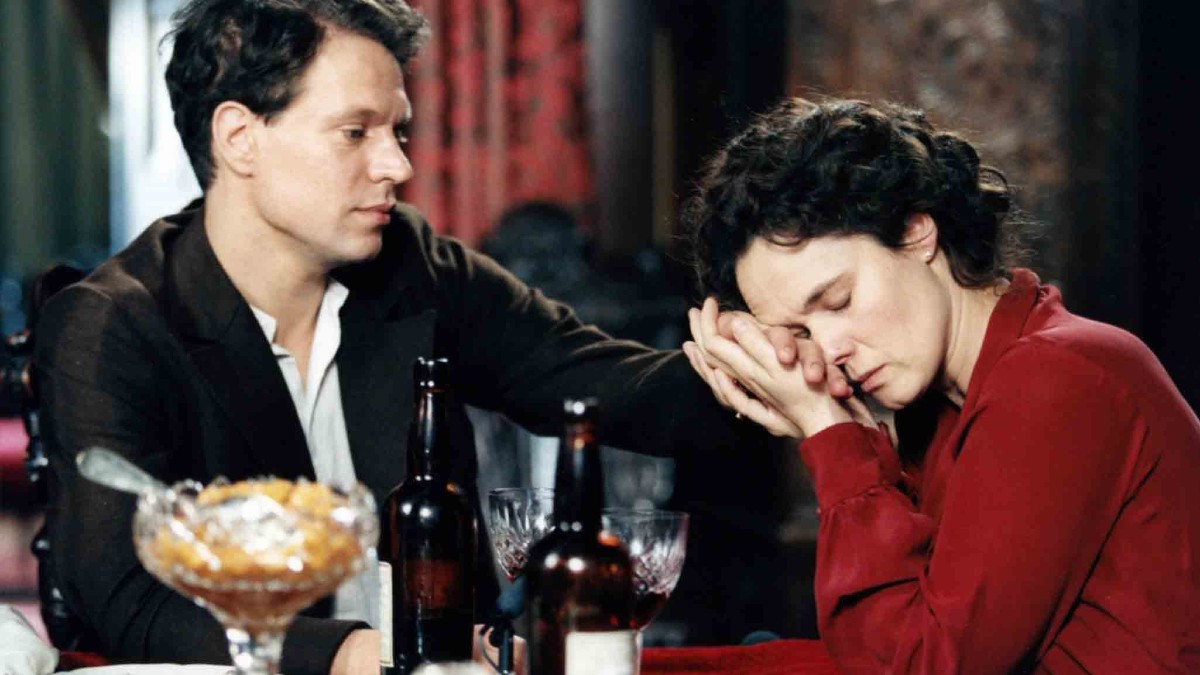I’m planning, you see, to try to confine myself to the truth. That’s hard for an old, inveterate fantasy martyr and liar who has never hesitated to give truth the form he felt the occasion demanded.
– Ingmar Bergman, The Magic Lantern
As cinephiles who learn to love cinema under the shadow of past critical thought, it’s difficult to avoid being seduced by the ideas and ideals of those who came before. The famous auteur theory conceived by the minds at Cahiers du Cinéma in postwar France has defined much of the present conception of the director as a cinematic author, as an artist, as someone whose personal preoccupations delineate the limits and horizons of a filmography. Thus, it’s often the case that a director’s biography, whether written down or not, becomes a reference point, a prism through which we can decipher and perchance re-appreciate, maybe even understand, a particular artist’s work.
There are dangers to this approach, a funneling point of view that reduces cinematic expression to an audiovisual confession; the audience assuming the role of confidant, the camera rendered therapist. Such parasocial dynamics have their place in the study of cinema, but they should never be the beginning or end of any consideration of an artist’s work, of their worth. Thinking back to one of those directors whose career started at roughly the same time as those French thinkers solidified their theories, one finds Ingmar Bergman. The Swedish maverick is especially interesting as a case study because his personal life has been so nakedly exposed, both in his films and writing.
Bergman’s autobiography, The Magic Lantern, is a loosely structured remembrance, often more interested in love affairs and memories of childhood than in the specificities of his work as a filmmaker. Nonetheless, much of the imagery and themes that define his motion pictures feature in the book. It’s thus easy—too simple one may assume—to see in The Magic Lantern a Rosetta Stone for Bergman’s filmography, a map for translation and decoding. However, cinema isn’t a puzzle and, even when looking at it through such skewed paradigms, the written word of Bergman’s Magic Lantern is less illuminating than first impressions may suggest.
A film and stage director, a writer of dramatic texts, Bergman was not a biographer by vocation. When exercising his memory and turning it into art, the indirect directness of the movie camera could often be more explicit than the pen. One reads of a treasured possession, the magic lantern that he acquired by trading his tin soldiers, and how it enlivened the fertile imagination of the young Bergman, how its wonder was both an inspiration and a dream tainted by the fractured loves of parents and their children. It is a scattered text, and might be blunt if it weren’t so curiously meandering. It’s moving, but not so much for what it tells.
As in many passages of The Magic Lantern, the anecdote of its titular object gets its emotional impact from a vaguely perceptible dance, the choreography of avoidance between the writing and the lacerating truths they near but never broach. Verbalizing one’s own life can erect walls of self-preservation, subtle barriers that shape the seemingly naked honesty of an autobiography into curated projections. The long passages about Bergman’s crumbling body, his stomach problems, and intestinal woes, fascinate not for their frankness but the way their scatological suggestions serve as a smokescreen. When the language of expression isn’t one of the printed words, the meaning is necessarily conveyed through different strategies.
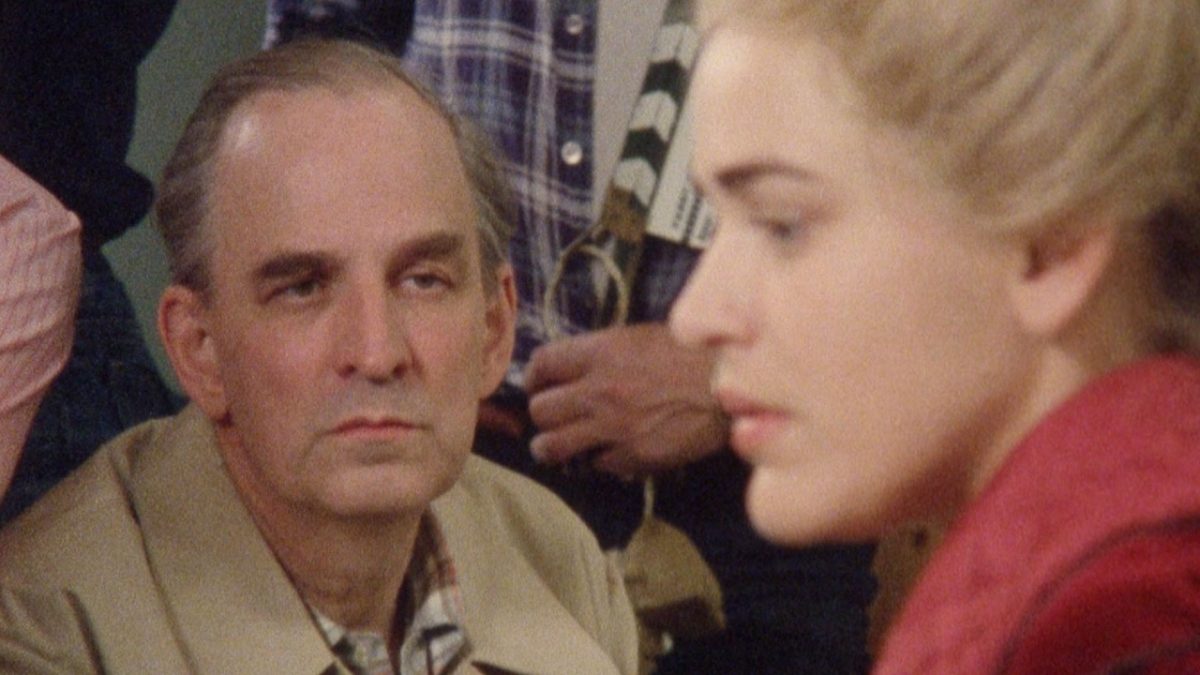
A few years before the publication of the final version of The Magic Lantern in 1987, that moment of childish wonder was approached by Bergman in the form of filmed expression. Fanny and Alexander (1982) is one of the director’s most autobiographical works but its vision of familial memory lacks the asperity expressed in the book. Surprisingly, the camera reveals a complex entanglement of sorrow and warmth; it’s in the serene but severe compositions, in the vermilions of the 1900s décor, the ominous whisper of Death crawling into the domestic milieu. The specters are more material than the projected images of the magic lantern.
The book and this film (both the theatrical and television cuts) have a disconnected conversation within Bergman’s oeuvre. Reading The Magic Lantern and revisiting Fanny and Alexander is akin to hearing two people telling the same story at the same time. Their words overlap, so disparately vocalized that the result isn’t the clarity of repeated information but a cacophony from which only the feeling and tone of the storytellers remain intelligible. There’s a pointed obliqueness to the film that’s at odds with the matter-of-fact evasion of the memoir, though both pieces come at a point in Bergman’s career when he was devising the final chapters of his life’s work. While other pictures followed Fanny and Alexander, the director himself often referred to it as his final film.
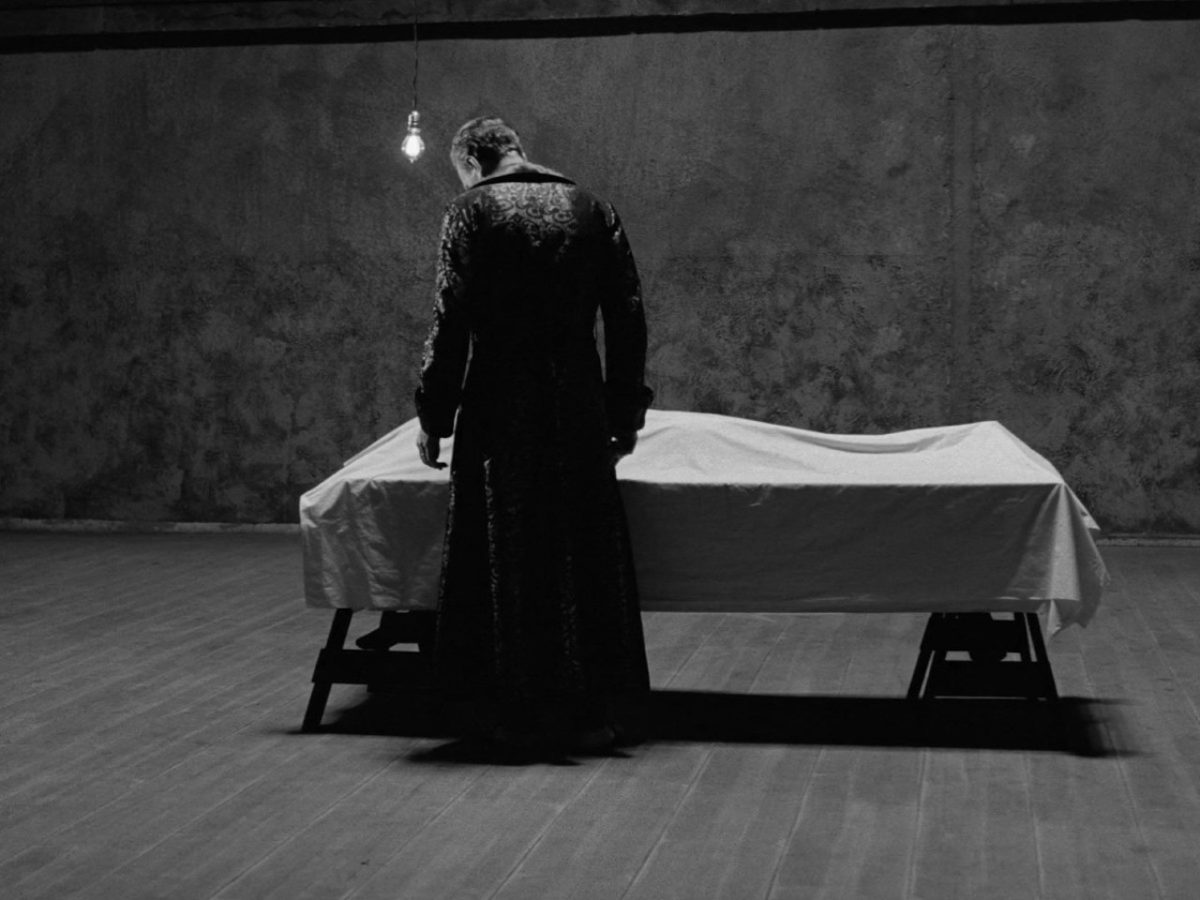
Though, again, we encounter the issue of reductivism. The Magic Lantern isn’t a strict companion piece to Fanny and Alexander, and to define it as such is to rob both works of their specific marvels. One may just as easily connect the book to Hour of the Wolf (Vargtimmen, 1968). Does one better comprehend the origins of the cadaveric imagery in Hour of the Wolf after reading about young Bergman being locked in a mortuary with the corpse of a woman? Yes, but one finds as much if not more evocative detail in how Sven Nykvist illuminates the scene. One need not read The Magic Lantern to perceive the uncomfortable eroticism of death when a cadaver is so lovingly kissed by the cinematographer’s light.
In the hope of avoiding condescension and the snotty elitism of the professional cinephile, one must accept that there’s value in the way Bergman articulates with biographical words a lot of what’s left in the realm of inchoate feeling when presented as cinema. One thinks, for instance, of his description of the life of children: “The prerogative of childhood is to move unhindered between magic and oatmeal porridge, between boundless terror and explosive joy.” Maybe the audience can perceive that idea through the images of the author’s filmography, but it’s inelegant to assume the pictorial is always superior to the verbal. Other times, this articulation can be overly mundane. Perhaps unwittingly, Bergman himself delineates this problem when speaking of Persona (1966):
I was contracted with SF to make a film which was to go into production in June. It was to be a tolerable affair called The Cannibals. I realized by the end of March that the project was unrealistic and so suggested a small film with two women. When the firm’s managing director politely asked what the whole thing would be about, I replied evasively that it was small garden containing ancient apple trees.
The biggest insight into Bergman as a filmmaker comes in the shape of poetic passages, dreamlike reveries whose mellifluous stylings contrast with the matter-of-fact nature of Bergman’s musings on life, death, and taxes. The Magic Lantern can also be seen as a valuable poetic retelling of Bergman’s discoveries, how he found a love for theatre, cinema, acting. Exploring the book further, there’s a counterbalancing mournfulness, the perspective of an old man looking back at a professional life he’s inclined to leave behind. However, the lack of detail about the artistic process still irritates the reader in search of information. Nothing more accurately relays the somewhat flippant way with which Bergman sometimes flies over his work as: “Then I suddenly wrote twelve plays and an opera.” No further detail is added. It’s so infuriating as to become funny.
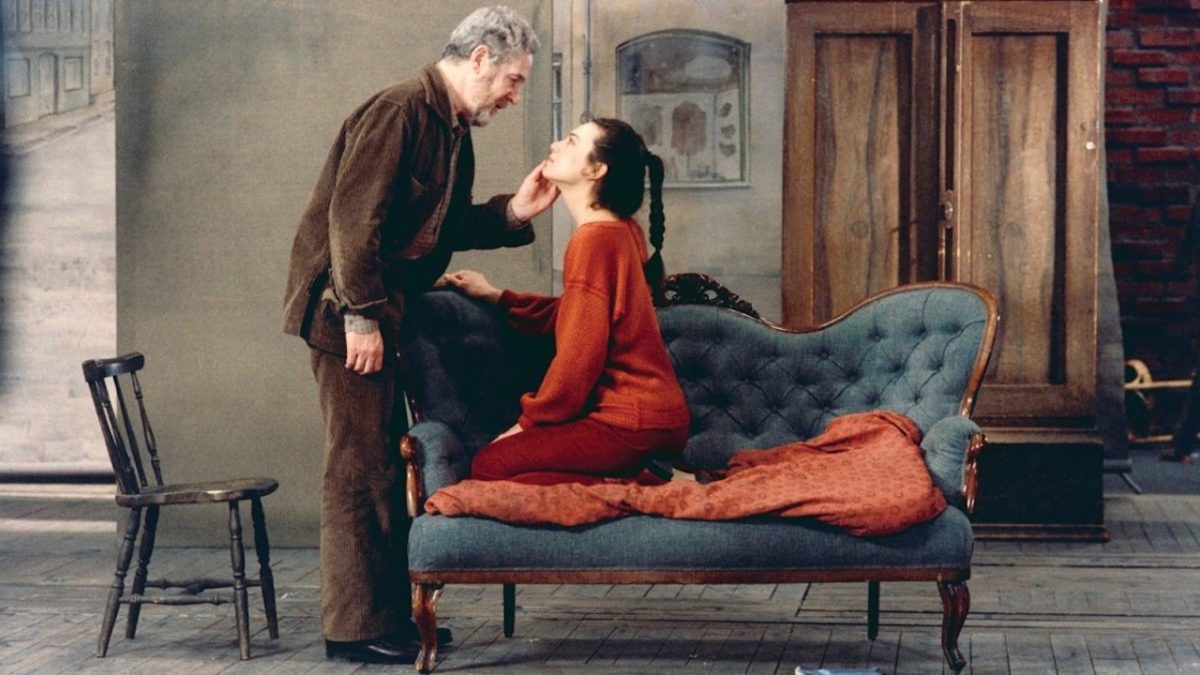
Despite his reputation as a serious miserabilist, Bergman could be a master of the comedic craft. However, it’s interesting to note how the humor presented in The Magic Lantern differs greatly from his attempts at cinematic drollness. There’s a willingness to skewer himself with a self-aware humor that’s rare in his filmography. By all accounts, the director wasn’t the most pleasant person and, even as a respected artist, he had the cretinous inclinations of a dictator. One must dig deep into his cinematic output to find frank self-deprecation, and it mostly comes in the shape of some of the director’s unjustly undervalued and overlooked works like All These Women (För att inte tala om alla dessa kvinnor, 1964) or After the Rehearsal (Efter repetitionen, 1984). The book, on the other hand, is full of merciless observations and self-critique that go far beyond the director’s troublesome bowel movements.
His oddball humor is present in other parts of the text too. There’s a morbid comedy to the way he describes his family’s dysfunction, from a cold mother to the hated patriarch, from fraternal animosity to the siblings’ conspiratorial desire to annihilate their sister. The Magic Lantern gains a lot of its power from the cutting wit and the blunt honesty of its structure and prose, a sense of glib anti-sentimentality emerging from the presentation of memory and personal history. For example, in the opening—”When I was born in 1918, my mother had Spanish influenza”—there’s an air of sweet remembrance laced with arsenic, a giggle as a death rattle. If only Bergman were able to bring that same willingness to laugh through tragedy to his 1990s screenplays when the “retired” director wrote nakedly biographical fare for other filmmakers. Think of the Cannes-winning The Best Intentions (Den goda viljan, Billie August, 1992), Sunday’s Children (Söndagsbarn, Daniel Bergman, 1992), Private Confessions (Enskilda samtal, Liv Ullmann, 1996), and their many hours of lethargic elegy.
As we near our conclusion, it’s imperative to mention the most famous overview of The Magic Lantern. In 1988, Woody Allen reviewed the book for The New York Times, framing his reading of the memoir between the personal musings of an avowed fan and imitator of the Swedish auteur. While not saying so in unquestionable rhetoric, Allen sees the book as exemplar of Bergman’s genius. He lists passages from its text, especially the details of unhappy family life, and comes to the early summation that such a background forces a man into geniality. Pardon the potential disrespect to the director of such Bergman-esque work as Interiors (1978), but to find an explanation for Bergman’s genius in the pages of The Magic Lantern feels like a fool’s errand.
One reads The Magic Lantern to know Bergman a little bit better, not to understand the man. Neither cinema nor literature could ever hope to summarize the essential truth of an individual, but they do show us facets of the person refracted through the conventions of form and the craft of the storyteller. One shouldn’t read it in hopes of better understanding the films, theatre or the other artistic work of this Swedish legend. The book isn’t a miraculous key, a puzzle-solver, or a substitute for a critical analysis of cinema. Definitions through negation are often toothless and inconclusive, but knowing what The Magic Lantern is not helps us know what it is. The book is a complement to one’s journey through the wondrous, often terrifying, world of Ingmar Bergman. Isn’t that enough?
